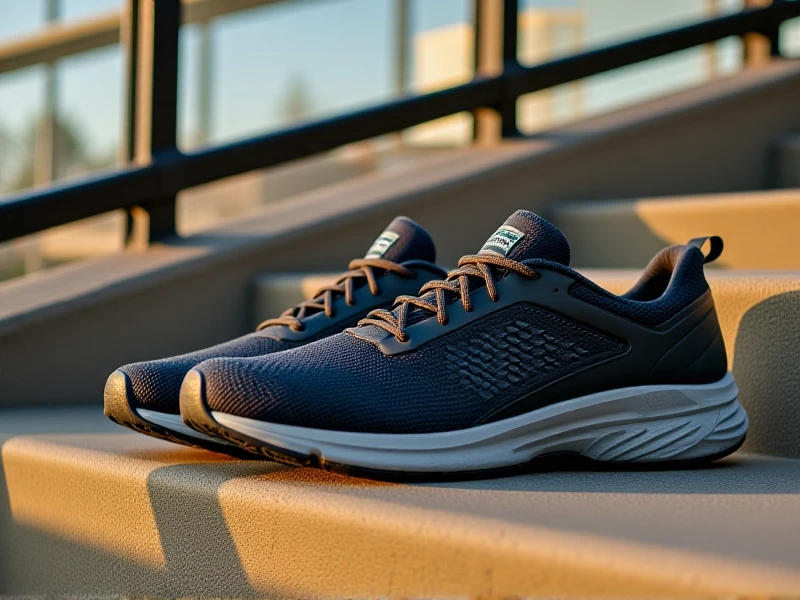Unlock Your Potential: The Ultimate Guide to Choosing the Right Training Shoes

Finding the perfect training shoes is critical for anyone serious about their fitness journey. Unlike specialized running shoes or basketball sneakers, versatile training shoes are designed for the dynamic, multi-directional movements common in gym workouts, HIIT sessions, strength training, and group fitness classes. Choosing the wrong shoe isn't just uncomfortable; it can hinder performance and potentially lead to injury.
So, what makes great gym training shoes? Here are the key features to consider:
- Stability & Support: During lateral movements, lifts, and jumps, your feet need a solid base. Look for a wider outsole footprint and a supportive midsole that prevents excessive inward rolling (overpronation) without being overly rigid. Sturdy heel counters are essential.
- Responsive Cushioning: Forget the super-soft marshmallow feel of some running shoes. Cross training shoes need cushioning that provides energy return for explosive jumps, yet is firm enough for lifting weights. Too much cushion can compromise stability during lifts. Opt for balanced, responsive midsoles.
- Ground Feel & Traction: A relatively low-to-the-ground profile enhances stability during squats, deadlifts, lunges, and balance exercises. A non-marking, multi-directional rubber outsole with a grippy pattern is non-negotiable for safety on gym floors and preventing slips.
- Durability & Construction: Gym workouts put shoes through intense stress – from dragging feet during planks to scraping against rope climbs. Look for durable uppers (mesh reinforced with synthetics is common) and reinforced high-wear zones.
- Fit Considerations: Training shoes should have a secure, snug (but not tight) fit through the midfoot and heel to prevent unwanted sliding within the shoe, especially during side-to-side drills. Allow a little room in the toe box for natural toe splay, particularly during movements like deep squats.
Matching Shoe to Workout:
- Strength-Focused (Lifting/Circuits): Prioritize stability, a firm heel, low stack height, and a flat, grippy sole. Minimal cushioning is often preferred.
- HIIT/Metcon: Needs a blend of stability (for lifts), cushioning (for jumps), and flexibility (for sprints/agility). Think balance and versatility.
- Multi-Sport/General Gym: Versatile training shoes excel here, designed to handle a mix of running, jumping, lifting, and agility work reasonably well.
Invest in Your Foundation
Don't underestimate the power of the right training shoes. They are fundamental equipment, acting as the crucial connection between you and the training surface. Worn-out gym trainers lose their cushioning and support, increasing injury risk. Experts recommend replacing them every 6-12 months depending on your workout frequency and intensity. Take the time to research, try on several models focusing on the features above, and find the pair that best supports your training goals. Your feet, joints, and workout performance will thank you. Step into the right gear and unleash your best workout!